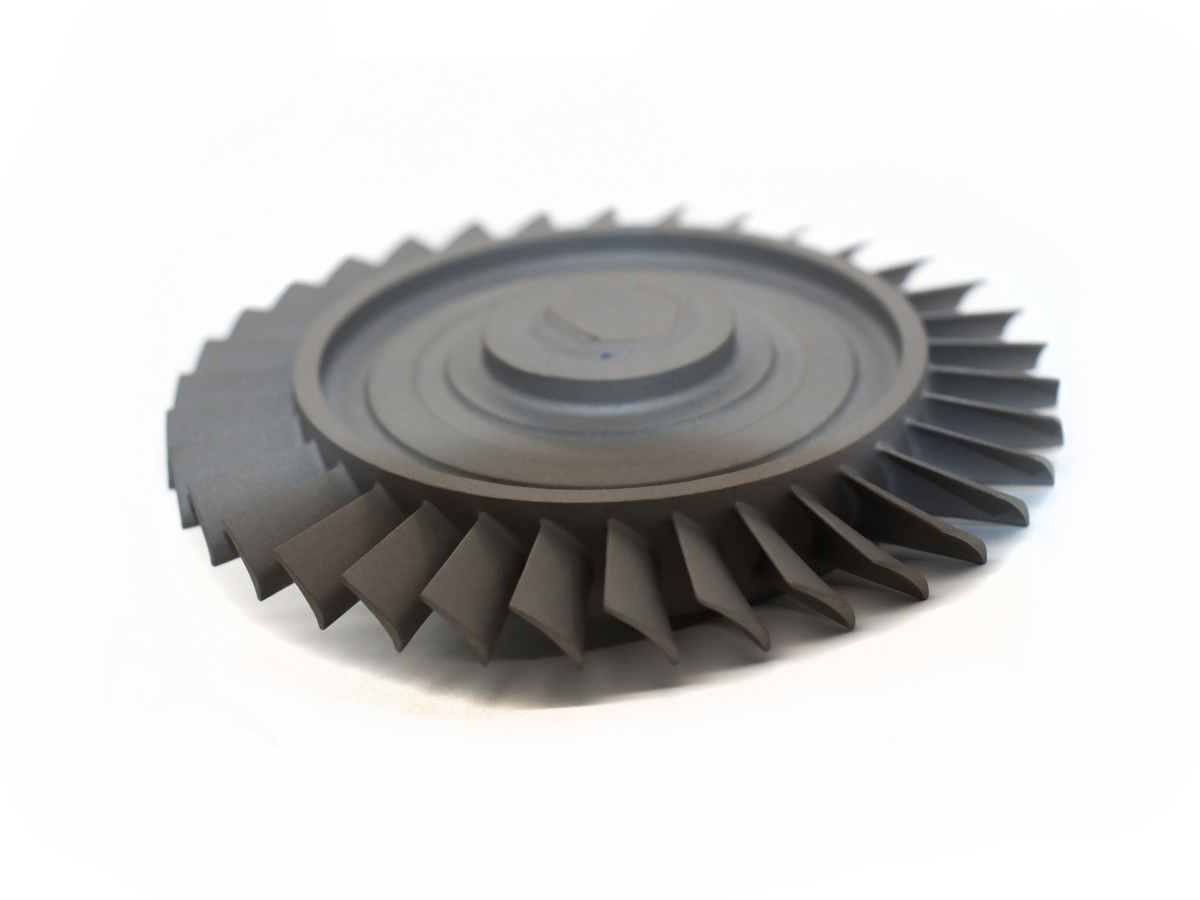How CNC Machining of Nimonic Alloys Boosts Automotive Engine Efficiency: A Case Study
Introduction
Under demanding conditions, the automotive industry continually seeks materials that enhance engine performance, durability, and efficiency. Nimonic alloys, especially Nimonic 80A, Nimonic 90, and Nimonic 105 provide exceptional high-temperature strength, corrosion resistance, and creep resistance, making them ideal for turbocharger components, exhaust valves, and high-performance engine parts.
Utilizing advanced CNC machining, automotive manufacturers can precisely fabricate Nimonic alloy components with complex geometries and stringent tolerances. CNC machining significantly improves automotive engines' efficiency, power output, and reliability, contributing to higher vehicle performance and reduced emissions.
Nimonic Alloys for Automotive Engines
Material Performance Comparison
Material | Tensile Strength (MPa) | Yield Strength (MPa) | Max Operating Temp (°C) | Typical Applications | Advantage |
|---|---|---|---|---|---|
1050-1250 | 590-780 | 815 | Exhaust valves, turbochargers | High creep strength, excellent corrosion resistance | |
1140-1380 | 815-965 | 920 | Turbocharger wheels, valve components | Superior high-temperature strength, enhanced fatigue resistance | |
1200-1450 | 850-1000 | 950 | High-performance turbochargers, racing valves | Exceptional thermal stability, maximum strength |
Material Selection Strategy
Choosing the right Nimonic alloy for automotive engine components involves assessing mechanical stresses, thermal loads, and corrosion exposure:
Exhaust valves and standard turbocharger parts subjected to consistently high temperatures (up to 815°C) and moderate stress conditions benefit from Nimonic 80A's excellent corrosion resistance and reliable creep strength.
High-performance turbocharger wheels, valves, and critical engine components operating under intense mechanical stress and elevated temperatures (up to 920°C) utilize Nimonic 90 for its superior tensile strength (up to 1380 MPa) and enhanced fatigue resistance.
Racing engines, high-performance turbochargers, and specialized valves requiring peak mechanical strength (1450 MPa tensile) and maximum thermal stability (950°C) are best served by Nimonic 105, ensuring extreme durability and optimal engine efficiency.
CNC Machining Processes
Process Performance Comparison
CNC Machining Technology | Dimensional Accuracy (mm) | Surface Roughness (Ra μm) | Typical Applications | Key Advantages |
|---|---|---|---|---|
±0.02 | 1.6-3.2 | Engine brackets, basic housings | Cost-effective, reliable precision | |
±0.015 | 0.8-1.6 | Rotational engine components, flanges | Enhanced dimensional accuracy, fewer setups | |
±0.005 | 0.4-0.8 | Turbocharger impellers, complex valves | Superior precision, exceptional surface finish | |
±0.003-0.01 | 0.2-0.6 | Critical micro-components, precision parts | Maximum accuracy, complex geometries |
Process Selection Strategy
Selecting appropriate CNC machining processes for automotive Nimonic components depends on precision, complexity, and engine performance requirements:
Basic automotive components such as brackets and standard housings requiring moderate precision (±0.02 mm) benefit economically from 3 Axis CNC Milling, ensuring reliable and efficient production.
Rotational and moderately complex engine components such as turbocharger flanges and valve bodies requiring improved precision (±0.015 mm) utilize 4 Axis CNC Milling, enhancing dimensional consistency and reducing machining setups.
Complex turbocharger impellers, high-performance valves, and intricate engine parts demanding tight tolerances (±0.005 mm) and excellent surface finishes (Ra ≤0.8 μm) are effectively machined with 5 Axis CNC Milling for optimized airflow and efficiency.
Precision-critical micro-components and intricate racing parts that demand the tightest tolerances (±0.003 mm) and complex geometries rely on Precision Multi-Axis CNC Machining to achieve peak automotive performance.
Surface Treatment
Surface Treatment Performance
Treatment Method | Corrosion Resistance | Wear Resistance | Max Operating Temp (°C) | Typical Applications | Key Features |
|---|---|---|---|---|---|
Exceptional (>1000 hrs ASTM B117) | High (HV1000-1200) | Up to 1150 | Turbocharger components, valves | Improved thermal insulation, enhanced durability | |
Outstanding (>1000 hrs ASTM B117) | Very High (HV1500-2500) | Up to 600 | High-wear engine components | Extreme hardness, friction reduction | |
Excellent (~900 hrs ASTM B117) | Moderate | Up to 300 | Precision valves, internal engine parts | Ultra-smooth surfaces, reduced friction | |
Excellent (≥1000 hrs ASTM B117) | Moderate | Up to 400 | Structural parts, engine brackets | Superior corrosion resistance, contaminant removal |
Surface Treatment Selection
Surface treatment selection for automotive Nimonic alloy components requires careful consideration of thermal loads, corrosion, and wear resistance:
Turbocharger components and high-temperature valves operating under extreme thermal loads (up to 1150°C) utilize Thermal Barrier Coatings (TBC) to optimize thermal insulation, reduce heat losses, and enhance component longevity.
High-wear engine parts, including precision valves and components subject to friction, benefit significantly from PVD Coating due to its extreme hardness (HV1500-2500) and reduced friction, enhancing durability and engine efficiency.
Precision internal engine components and valves requiring ultra-smooth surfaces (Ra ≤0.4 μm) and friction reduction leverage Electropolishing, improving airflow efficiency and reducing internal friction.
Engine structural components and brackets exposed to environmental corrosion employ Passivation for superior corrosion resistance and increased reliability.
Quality Control
Quality Control Procedures
Dimensional inspections via Coordinate Measuring Machines (CMM) and optical comparators.
Surface roughness measurement with precision profilometers.
Mechanical property verification (tensile, yield, and fatigue) as per ASTM standards.
Corrosion resistance testing according to ASTM B117 (Salt Spray Test).
Non-destructive testing (NDT), including ultrasonic and X-ray inspections.
Comprehensive documentation adhering to IATF 16949 automotive quality standards.
Industry Applications
Nimonic Alloy Component Applications
High-performance turbocharger impellers and wheels.
Exhaust and intake valves for combustion engines.
Engine structural and bracket components.
Precision components for racing and high-performance automotive applications.
Related FAQs:
Why are Nimonic alloys essential in automotive engine manufacturing?
How does CNC machining enhance the performance of automotive engines?
Which Nimonic alloys are best suited for automotive applications?
What surface treatments optimize automotive Nimonic components?
What quality standards govern CNC machined Nimonic engine parts?

